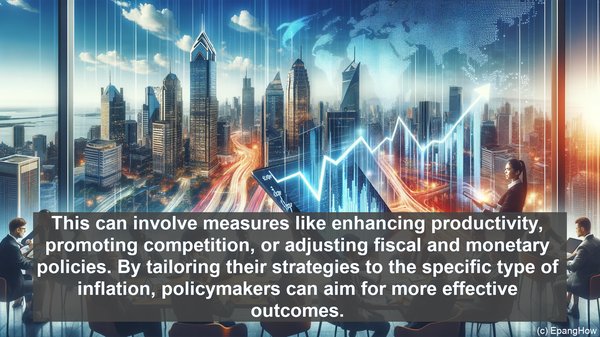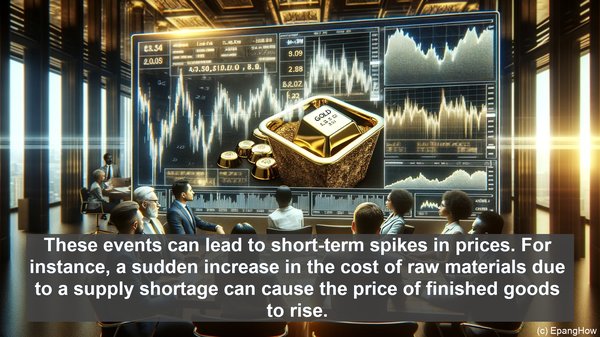Introduction: The Intricacies of Inflation
Hello, everyone! Inflation, the general increase in prices over time, is a topic that impacts us all. However, it’s not a monolithic concept. Today, we’ll explore two specific types of inflation: frictional inflation and structural inflation. While they both contribute to rising prices, their underlying causes and effects differ significantly.
Frictional Inflation: The Result of Temporary Factors
Frictional inflation, as the name suggests, arises from the ‘friction’ in the economy. It’s primarily caused by temporary factors such as supply chain disruptions, labor market imbalances, or natural disasters. These events can lead to short-term spikes in prices. For instance, a sudden increase in the cost of raw materials due to a supply shortage can cause the price of finished goods to rise. However, once the temporary factors subside, frictional inflation tends to stabilize.

Structural Inflation: The Consequence of Long-Term Shifts
In contrast, structural inflation is rooted in more long-term changes within the economy. It occurs when there’s a persistent imbalance between the demand and supply of goods and services. This imbalance can arise due to factors like changes in demographics, technological advancements, or shifts in government policies. Unlike frictional inflation, which is often temporary, structural inflation can be more sustained, leading to a gradual increase in prices over time.
Implications: Economic and Policy Considerations
Understanding the distinction between frictional and structural inflation is crucial for policymakers and economists. While frictional inflation may require short-term interventions to address the specific factors causing the price spikes, tackling structural inflation demands a more comprehensive approach. This can involve measures like enhancing productivity, promoting competition, or adjusting fiscal and monetary policies. By tailoring their strategies to the specific type of inflation, policymakers can aim for more effective outcomes.

